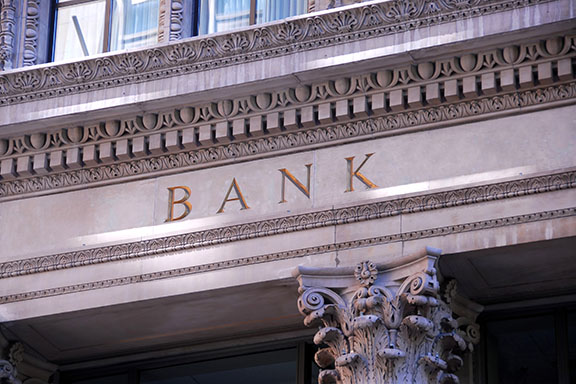
September 13, 2022
I started investing in banks over 30 years ago and I often get asked what got me so interested in banks. While I eventually discovered the reasons banks are good investments, at first it was initially a coincidence.
The first bank I invested in, a recommendation from a friend, was in Reno, NV. We became the largest investor in their bank, and it was an incredible success after it went public. This investment was even more successful after a larger bank bought it.
In 2015 I contacted my dear friend and now partner, Marty Adams. Marty was a superstar banker who started his career working at a two-branch bank, built it to $18 billion in assets, took it public, and then sold for it for $3.5 billion 18 years ago. I also reached out to my friend, Ben Mackovak who went to Darden Business School with experience as an investor and fund manager at an investment firm in Charlottesville, VA. Our goal was to assemble a team consisting of an outstanding bank operator, like Marty who is an expert in every aspect of banking, had completed many successful acquisitions and invested in banks as if he was the operator, and a knowledgeable, experienced fund manager, like Ben.
At the first luncheon for our bank fund, I was asked by a very successful billionaire friend “Why do you want or need us investing with you since you have been successful investing in banks on your own?”. I shared that I had been a cowboy investor and never had a team of a bank operator, analyst, and fund manager. And, if we assembled an expert team, alongside a wonderful group of investment partners, we could develop an outstanding disciplined investment process and leverage our combined contacts. We launched our first bank fund in 2015. Today we have several bank funds with various strategies with an outstanding team and an excellent disciplined process.
Our team invests in high quality banks (but under the right circumstance we will consider turnarounds that have already turned) in very desirable markets with good business models, a great culture, and exceptional management. Identifying multiple banks that would possibly be interested in that bank if it ever sold is advantageous. When there are multiple buyers, this creates more demand; and, in turn, potentially more value.
There are three major reasons why banks buy other banks:
We like banks with earnings growth momentum, low cost of deposits, outstanding credit, significant insider ownership, and large, successful bank investors that inherently put more pressure on the board and management to perform. We also like banks that are in growth markets with an alignment of interest from board, management, employees, customers, and shareholders. We like to purchase at very attractive valuations. In private bank investments we can occasionally recommend board members that can be helpful. We like banks with high returns on equity, assets, good net interest margins, and low efficiency ratios. We do not like to invest in low quality banks, slow growers, or poor or mediocre management.
Some wonder what impact rising interest rates will have on banks. For banks, higher interest rates can improve their margins. Thus far, we have not encountered any significant credit challenges with the many banks we follow.
Banks are cyclical so it is important to take advantage of various market cycles and various segments of banks when opportunities arise. Because of our extensive experience, our team has the ability to identify where and when to allocate capital within the banking sector. Investments will pivot between smaller community banks, larger regionals, private banks, or turnaround banks that have either turned or made significant positive changes that will impact future performance. We like to be flexible and opportunistic and take advantage of the right opportunities at the right time.
The banking industry is a very stable and important part of our economy. Decades ago, there were 17,000 banks in America. Today there are nearly 5,000 banks and less than 700 are publicly traded. Most countries only have a handful of banks. While on average 4-5% of banks sell each year, last year over 20% of our banks sold in one of our funds. Often when banks are purchased, they are bought at a meaningful premium to where they are trading at.
When you have an outstanding team, disciplined investment process, a tremendous amount of experience, a good reputation, high integrity, proven track record, incredible contacts, and the ability to find and evaluate many opportunities, it greatly improves your chances of success.